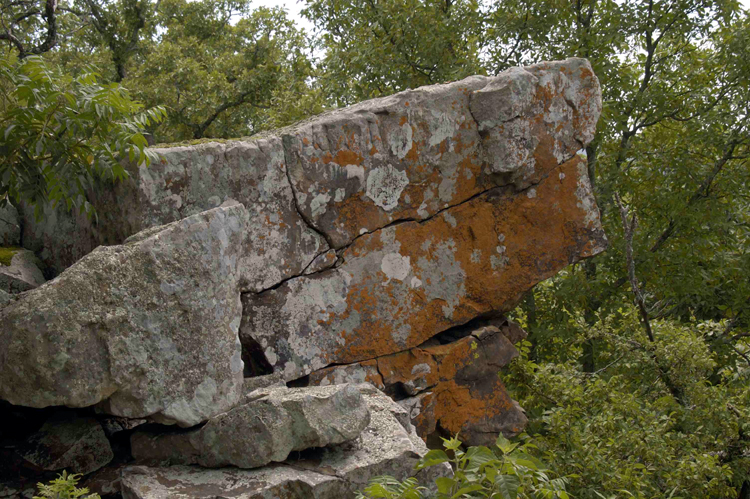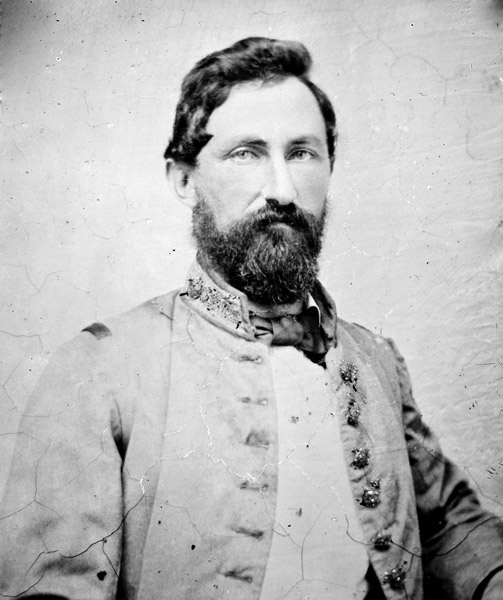By Dr. Curtis Varnell
Driving south from Greenwood into the rolling hills of the Ouachita’s, one little envisions the peaceful countryside once staged one of the larger Civil War battles fought in the Arkansas River Valley.
The summer of 1863 marked the turning point of the Civil War, not only for the country but also for Arkansas. July saw the simultaneous defeat of the Confederacy at Gettysburg, Vicksburg, and then at the Arkansas port of Helena. Union troops soon moved up the Arkansas and, in August, entered Little Rock with token resistance. At virtually the same time, Confederate General William Cabell realized he could not hold Fort Smith with his limited number of troops and supplies and withdrew from the Fort and began retreat to Waldron.
Cabell’s forces were decimated by poor morale and untested men and contained only about half of the anticipated 2,500 troops that Union General Blunt expected. Retreating southward, they passed down the frontier road through Jenny Lind and southward. Fearing rapid Union pursuit, Cabell devised a trap to slow union advance.
Devil’s Backbone is a unique ridge running nearly directly east and west and has a crest covered with sandstone. Cabell’s forces added to these natural breastworks by stacking up boulders and emplacing the few cannon they had. By 9 A.M. on September 1, 1863, the trap was laid and ready for the Union advance.
Blunt, sensing a big victory, sent Col. William Cloud and some 1,500 troops in hot pursuit. As they rode up the steep ridge, Confederates opened fire, killing several Union troops including Captain Edward Lines of the 2nd Kansas Cavalry. Cloud entrenched his men and both sides artillery went to work. The battle raged for longer than three hours, bullets and cannon balls flying in every direction. The sound of the battle carried for miles up and down the river valley as soldiers loaded and fired as rapidly as possible at the entrenched enemy.
The deciding factor appears to be the eight artillery pieces welded by the Union. The huge guns with their tremendous explosions of solid and grape shot seemingly demoralized many of Cabell’s untested troops who, according to the general himself, “ran in the most shameful way.”
Realizing he couldn’t win, Cabell pulled his troops and retreated to Waldron. A total of 81 men were reported killed or wounded and many Confederates, some of them local, were captured. One of the most surprising facts is that many of these men then joined the Union and fought bravely against their former general when he attacked Dardanelle. Veteran pay list shows a significant number of Arkansans fought for both the north and the south during the war!!
As demonstrated by professor Tom Wing of UA Fort Smith, a good soldier could load and fire a civil war rifle from 3 to 5 times per minute. Thousands of spend shells and many cannon balls litter the countryside as a testament to the battle.
Today, small farms and homes are scattered through the valley, cars rush by on highway 71, and trees have overgrown the sloops where the battle raged. An insignificant skirmish in the big scheme of things, the men who perished there are just a dead as those killed at Vicksburg and Gettysburg and deserve remembrance of their sacrifice.








